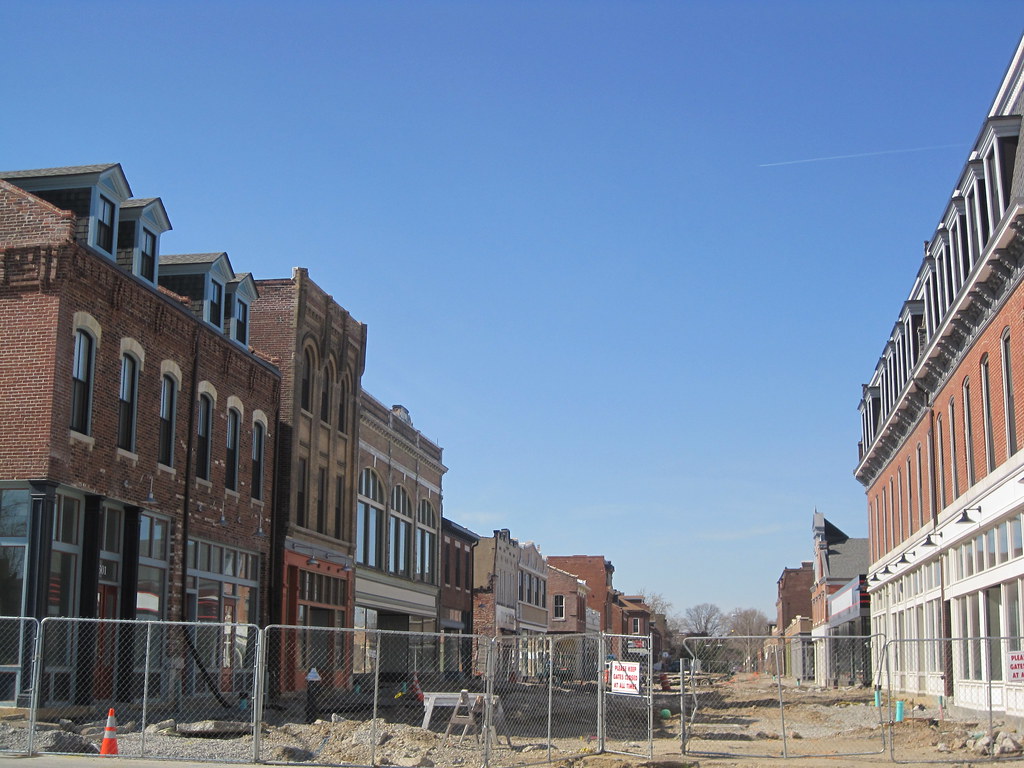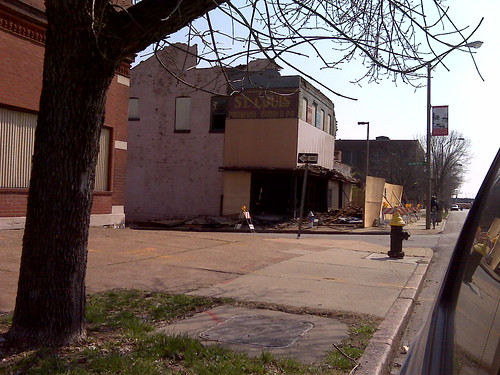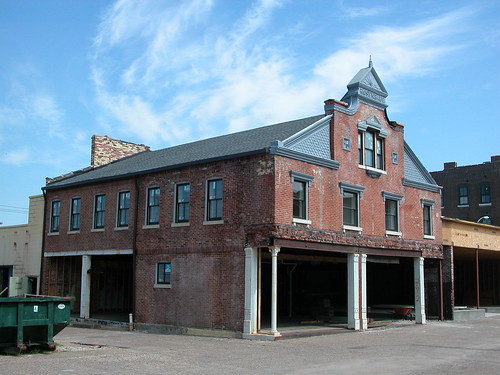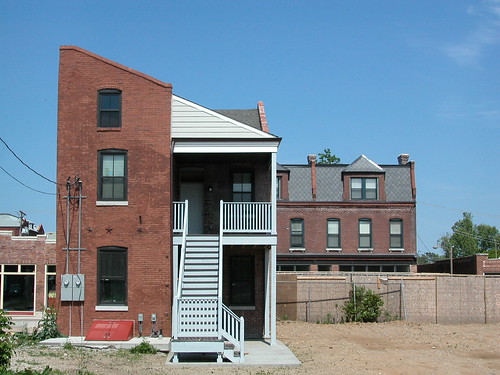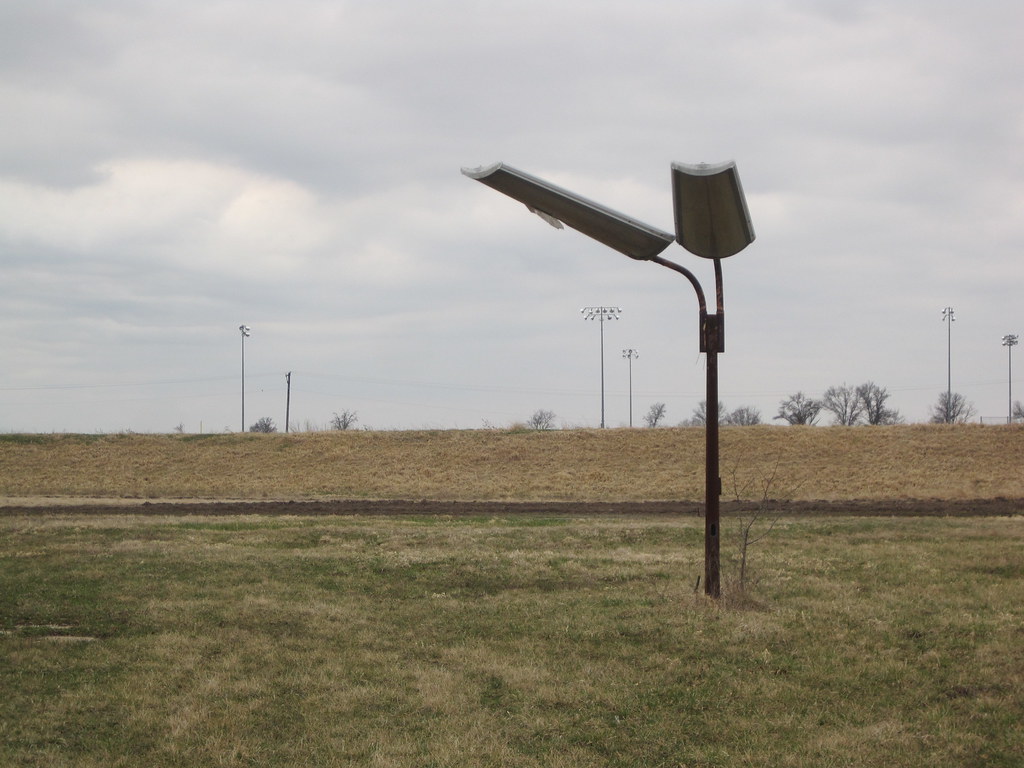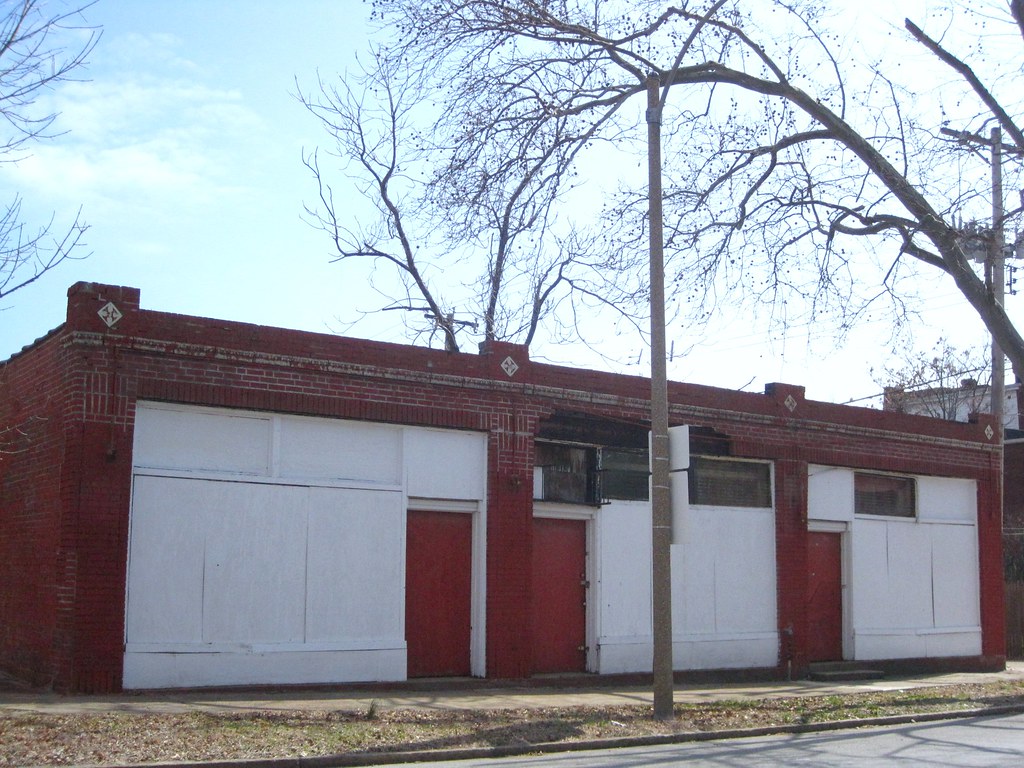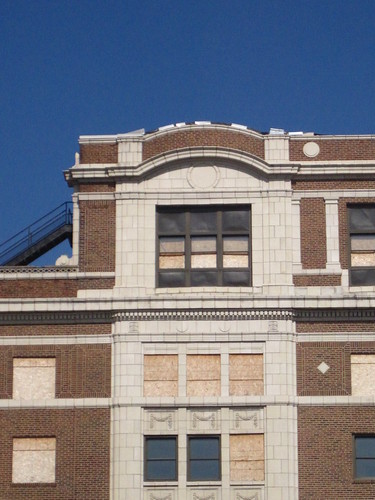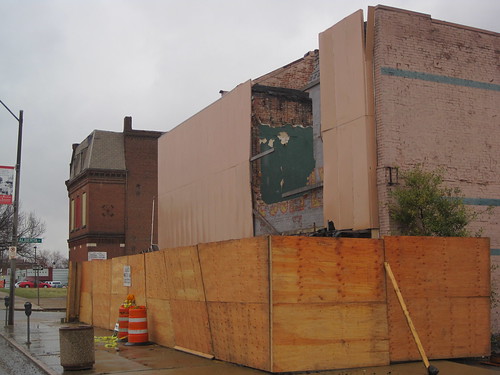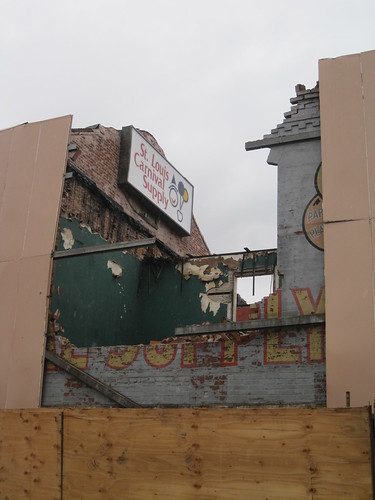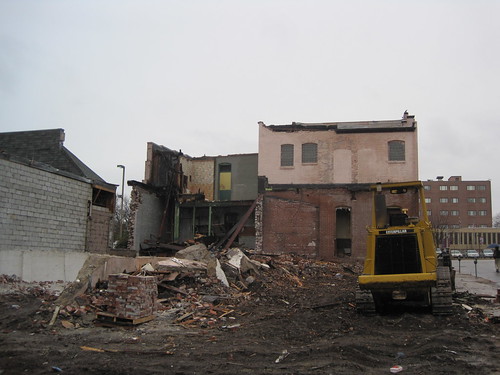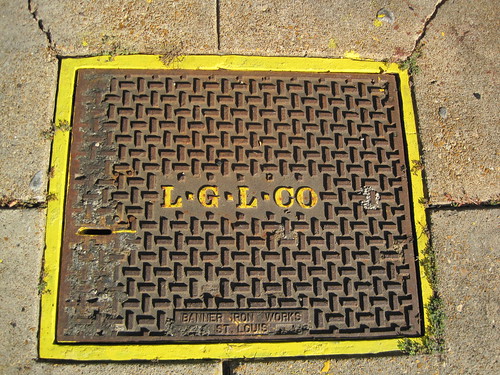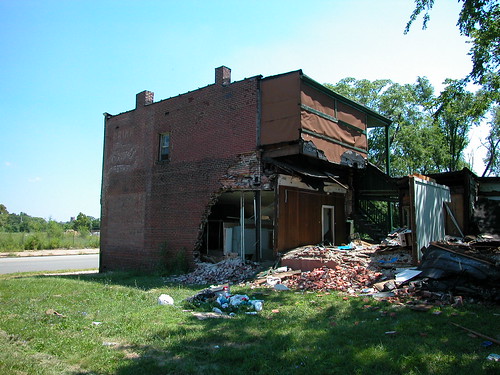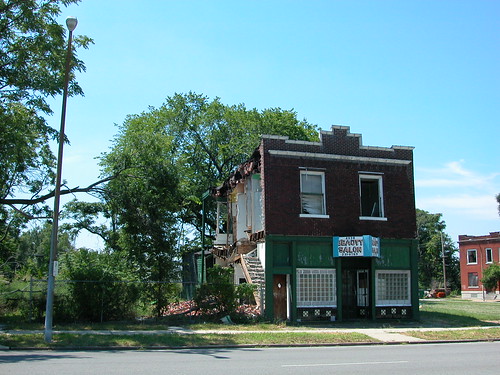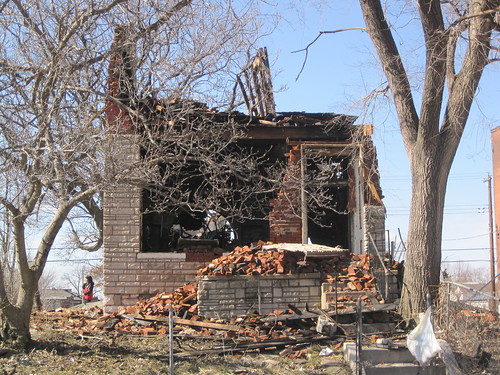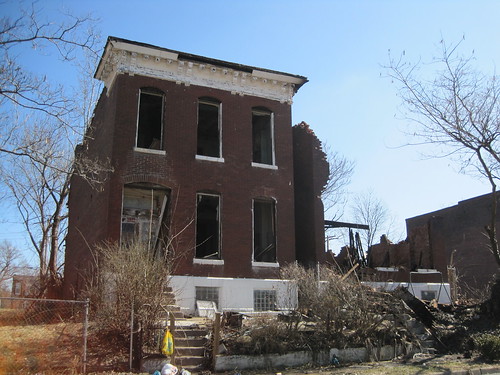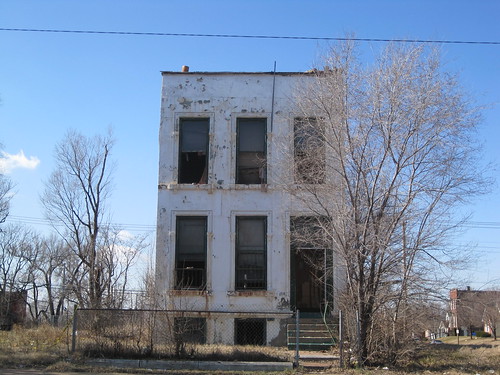San Luis ApartmentsOn May 5, the Eastern District of the Missouri Court of Appeals will hear the Friends of San Luis, Inc. v. The Archdiocese of St. Louis. (Disclosure: This writer is president of the Friends of the San Luis.) The Friends of the San Luis sought an injunction against demolition of the mid-century modern San Luis Apartments so that it could appeal Preservation Board approval of the demolition.
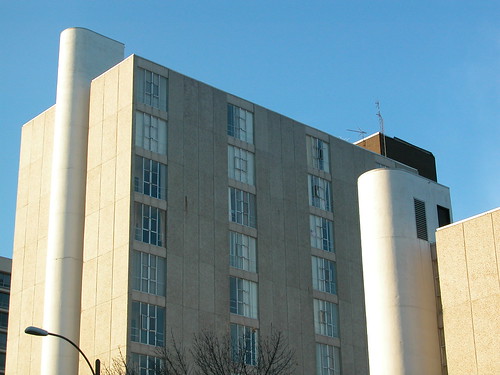 The San Luis Apartments (originally the DeVille Motor Hotel) in 2007.
The San Luis Apartments (originally the DeVille Motor Hotel) in 2007.Circuit Court Judge Robert Dierker, Jr. dismissed the case with prejudice, claiming that citizens who cannot demonstrate
financial grievance have no right to appeal actions by the Preservation Board! The building was subsequently demolished but the Friends decided to appeal Dierker's anti-citizen ruling. The city's preservation ordinance, after all, was enacted by the Board Aldermen for the general benefit of all citizens.
A three-judge panel of the Court of Appeals will consider oral arguments from both sides on May 5 and issue a ruling at a later date. Jonathan Beck and Ian Simmons represent the Friends of the San Luis, while Edward Goldenhersh and David Niemeier of Greensfelder, Hemke and Gale represent the Archdiocese.
Century BuildingA case now five years old, Missouri Development Finance Board vs. Marcia Behrendt and Roger Plackemeier, just took a predictable turn. The cause was set to commence trial on March 15, but the plaintiffs again requested a continuance. Judge Mark Neill granted a continuance, and trial is now set for August 9, 2010.
 Vintage postcard view of the Century Building, c. 1910
Vintage postcard view of the Century Building, c. 1910The plaintiffs -- and this writer himself needed a refresher after such a long time -- are the Missouri Development Finance Board, Land Clearance for Redevelopment Authority, NSG Developers LLC, St. Louis Custom and Post Office Building and Associates. Their cause? Even a refresher won't quite make that clear. The allegation is that by being willing to file suit against the Old Post Office project to stop the Century Building demolition -- a Dierkerian filing predicated on injury to personal property value -- Marcia Behrendt and Roger Plackemeier somehow were being malicious. Never mind that Behrendt and Plackemeier's suit was dismissed and had no effect on the outcome of the Old Post Office project (although
shoddy construction work did).
The seriousness of the plaintiff's allegation keeps getting undermined by constant requests for continuance. Is the goal to be vindicated by a jury or to harass citizens for exercising their legal rights? And why are our city and state governmental bodies still enjoined as plaintiffs, wasting taxpayer money at a time when both levels of government need every cent they can get? Time to drop the suit.
NorthSideLast week Judge Dierker -- one tie that binds all three cases -- issued the following order extending for one week the deadlines for brief in the suit against the city over the NorthSide redevelopment ordinances:
Upon the request of defendant Northside Regeneration, LLC, and with the consent of the parties, the post-trial briefing schedule is hereby amended to provide as follows: Brief Due Plaintiffs'/Intervenors' briefs 3/26/10 Defendants' briefs 4/12/10 Plaintiffs'/Intervenors' reply briefs 4/22/10.Plaintiffs can expect a lengthy, colorful ruling from Dierker. Otherwise, speculation is useless. Dierker has a narrow view of citizen rights under development law, so his basis will be whether the plaintiff have proven that their real estate is harmed or devalued under the blighting enacted by the redevelopment ordinance. Dierker has stated in trial that he is not prepared to consider condemnation that has yet to be authorized, and the ordinance avoids explicit authorization.
